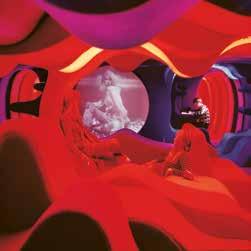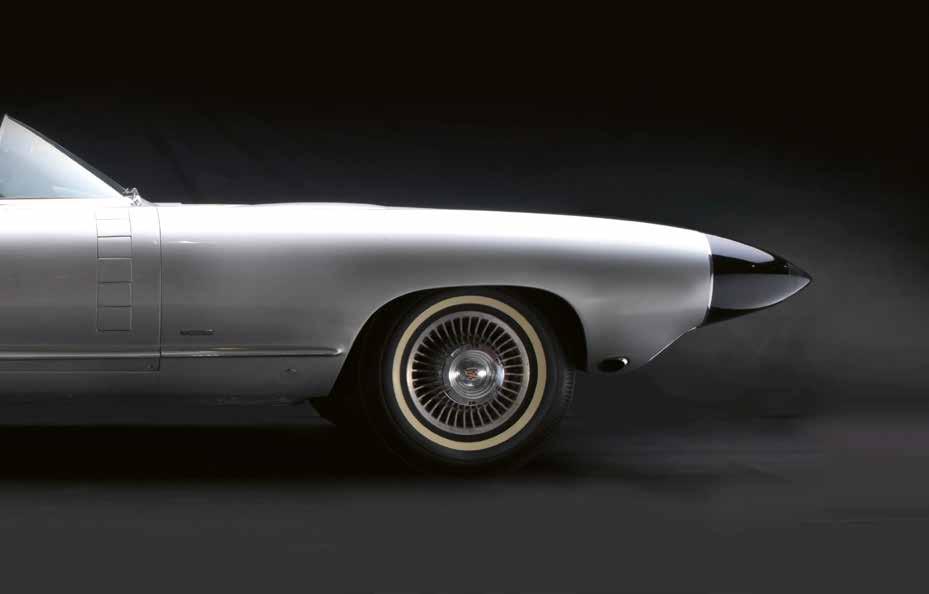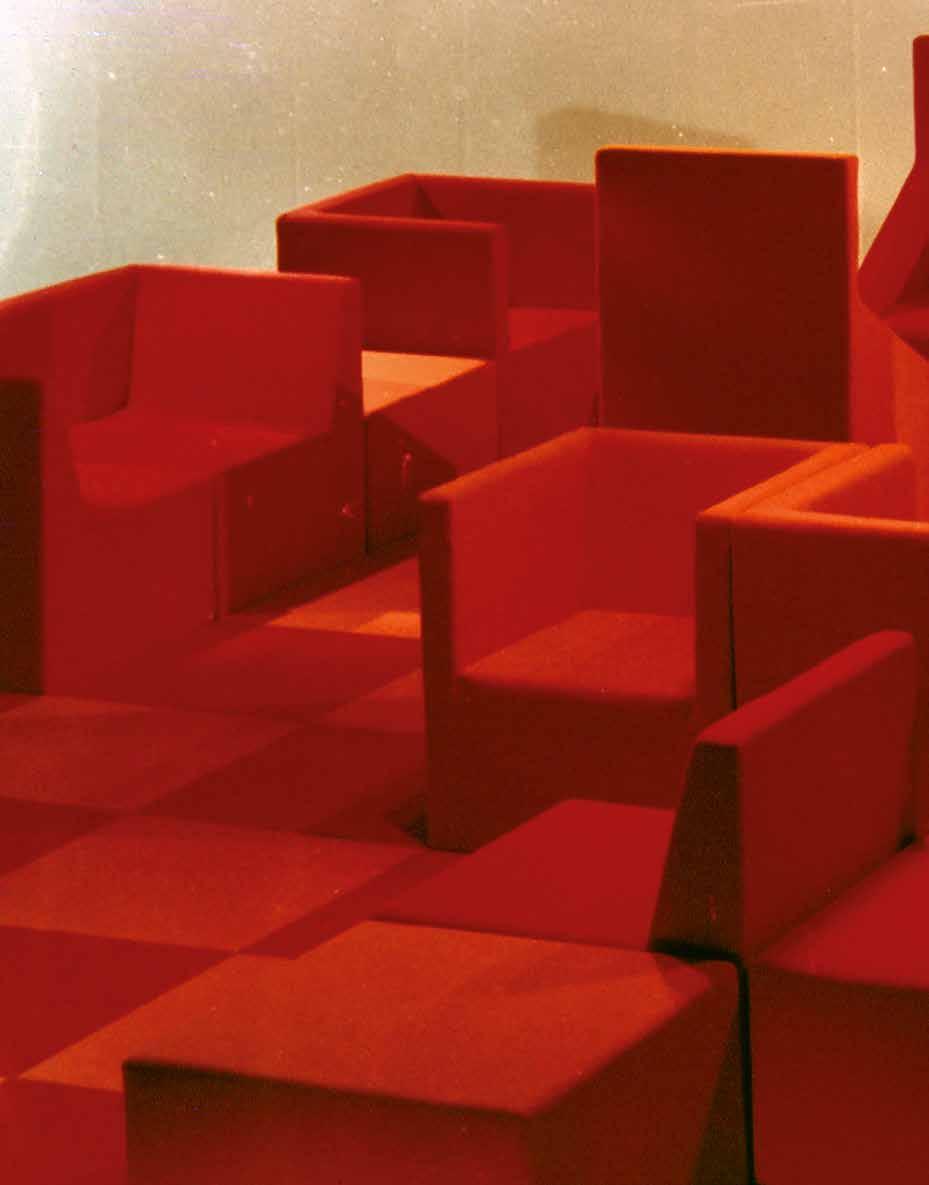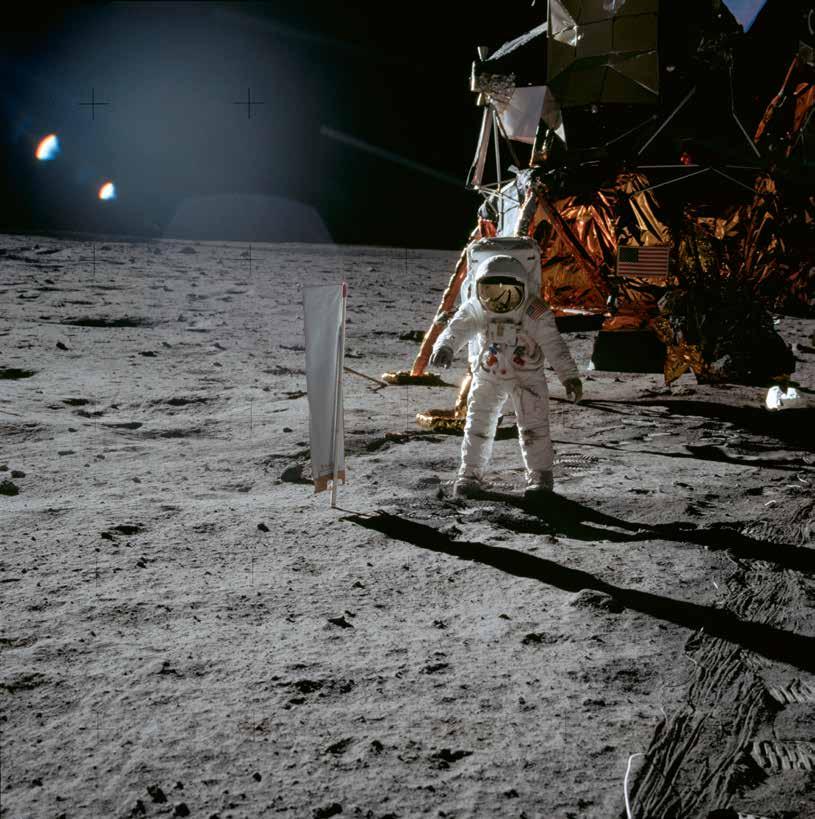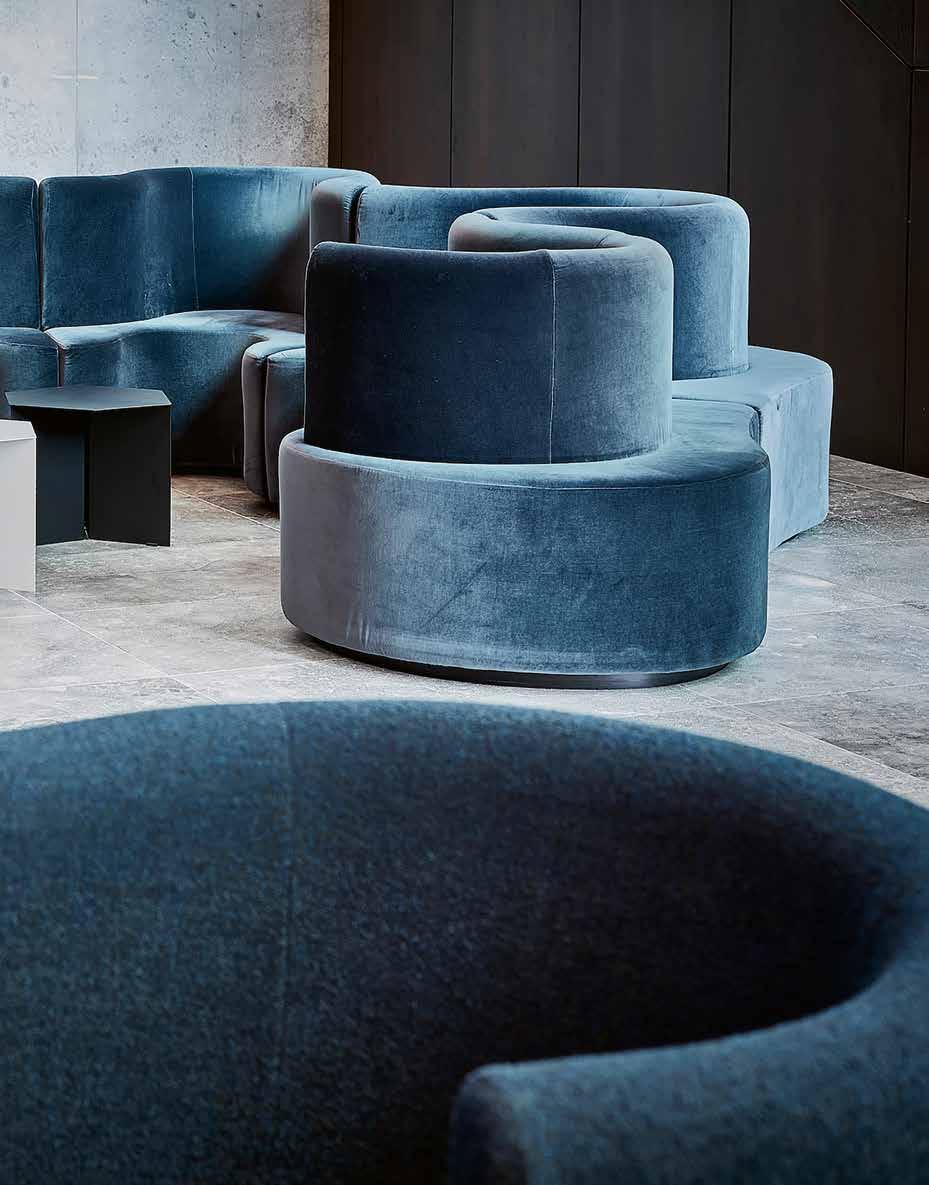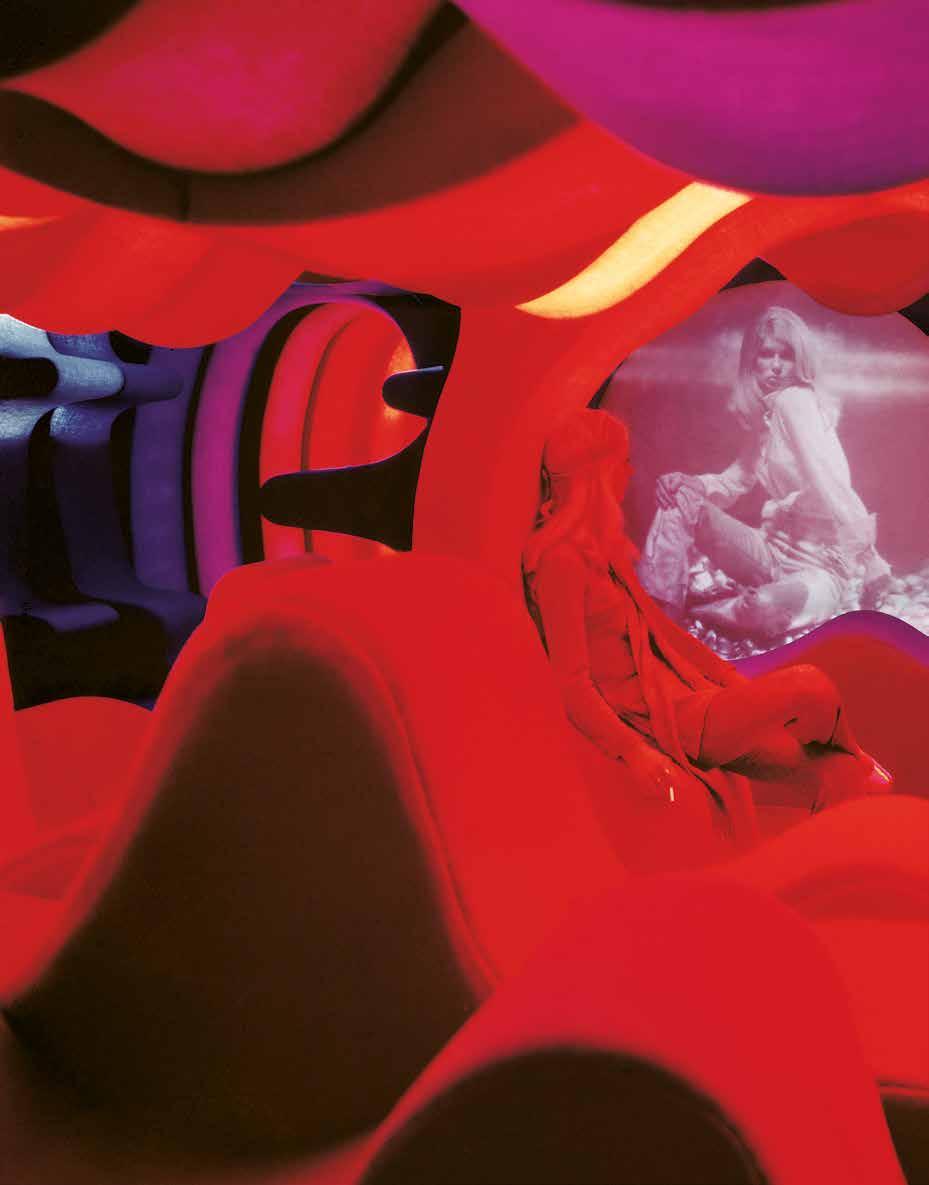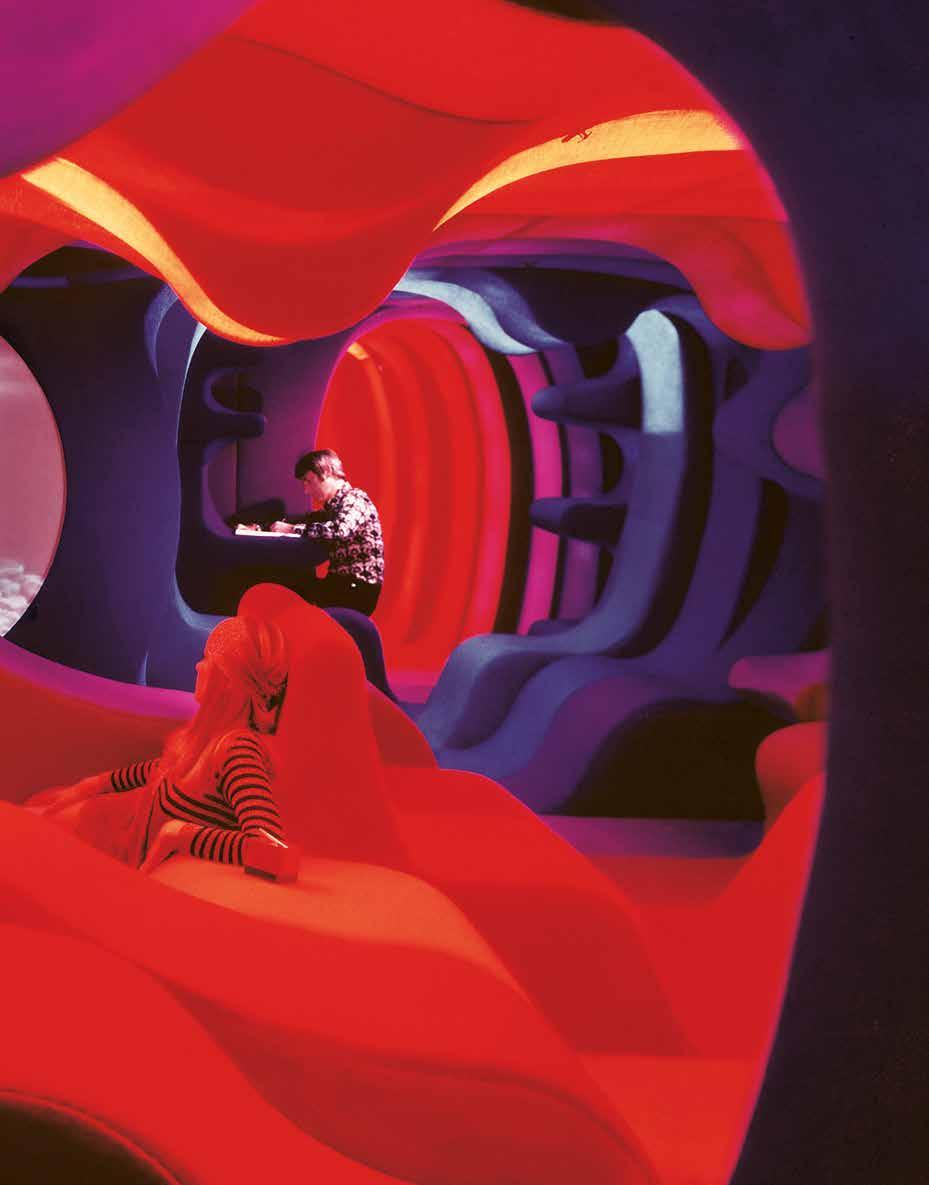and the rest of their crewmates. “They became public figures in ways that not even NASA had envisioned,” says Launius. “But when each of them got applauded every time they showed up in a room, it became clear to NASA that they had a powerful tool for public opinion.”
As the 1960s began, both superpowers were racking up space “firsts” and there was a sense that perhaps the race was evening out. America’s Discoverer 13 was the first satellite to be recovered intact from orbit; Discoverer 14 marked the first spy photography from space. The Soviets returned two dogs alive from orbit, and the United States returned Ham—a chimpanzee—from space.
Then came 1961, which would emerge as a pivotal year in the space race. In January, John F. Kennedy was inaugurated as President of the United States. In the same month, Alan Shepard was chosen to crew America’s first mission into space. Following rigorous training, a date was set for 6 March 1961. But fatefully, the flight that would have taken Alan Shepard out of Earth’s atmosphere and into history was delayed.
Instead, on 12 April 1961, Soviet cosmonaut Yuri Gagarin became the first human in space.
Soviet cosmonaut Yuri Gagarin, the first human in space, aboard Vostok 1, 1961
National Congress of Brazil #2, Brasília, 2019. Courtesy of the artist Vincent Fournier. Work depicts Brasília, designed by Oscar Niemeyer 1957–60
The era when cars went Space-Age: (top) Cadillac Cyclone XP-74, 1959 (bottom) Chrysler Ghia Gilda, 1955
Easy Sofa, design by Verner Panton / © Verner Panton Design AG & Verpan A/S 1963
Easy Chair, design by Verner Panton / © Verner Panton Design AG & Verpan A/S 1963
Verner Panton landscaped interior for A. Kill/ Metzeler Schaum, 1965–67 Design by Verner Panton, www.verner-panton.com © Verner Panton Design AG
Alvar lounge chair and ottoman by Giuseppe Raimondi for Gufram, 1966
Karelia by Lisii Beckmann, designed for Zanotta in 1966
Blow by Jonathan De Pas, Donato D’Urbino and Paolo Lomazzi (with Scolari) for Zanotta, 1967
Designed by Jonathan De Pas, Donato D’Urbino and Paolo Lomazzi with Carla Scolari in 1967, the Blow chair was the first industrially produced and commercially successful inflatable chair, receiving an enthusiastic welcome when debuting at the Milan Furniture Fair the following year. “The Blow reflected a changing lifestyle—revolutionary ideas of an informal, flexible and dynamic house had swept away traditional ideas of domesticity,” says Vitra Design Musem, adding that it “perfectly embodies the spirit of that time and therefore became an icon of the 1960s.”
Apollo 11 astronaut Buzz Aldrin walks on the surface of the moon, July 1969
Aldrin beside
Verpan Cloverleaf Sofa, design by Verner Panton / © Verner Panton Design AG & Verpan A/S 1969
Archive promotional image of the 1973 Ligne Roset Togo modular sofa designed by Michel Ducaroy
Hoï Chan Kwok Chromatic Sofa, circa 1970 (© Michael Brunn), from the Downtown+ Trônes exhibion, Paris 2023
SpaceX, one of a new generation of private space companies, executing a twin landing of the inaugural Falcon Heavy Stage 1 boosters, 2018
THE AUTHORITATIVE SURVEY OF SPACE AGE DESIGN
With over 200 iconic and rare archive images, this authoritative account explores the origins of the space race and its profound impact on design, architecture, fashion, and culture.
With the launch of Sputnik in 1957, the world entered a new epoch—the Space Age. The subsequent space race ignited an explosion of creative energy. Cars grew rocket-like tailfins. Airports resembled spaceships. Furniture looked to the future. New materials transformed what could be created, and an intense sense of optimism and innovation reverberated throughout design, architecture, fashion, music, and art. Revolutionary products seduced consumers with notions of how one might live in this new era of space travel.
This is the story of Space Age Design—the work of a generation of designers, architects, and creatives hitting their peak during a cultural and technological revolution. From the iconic works of Eero Saarinen, Pierre Paulin, and Verner Panton to rare images from the NASA archives, Space Age Design is a door to a departed world of glittering mid-century ebullience, and a recontextualisation of the most innovative designers of the modern era.


